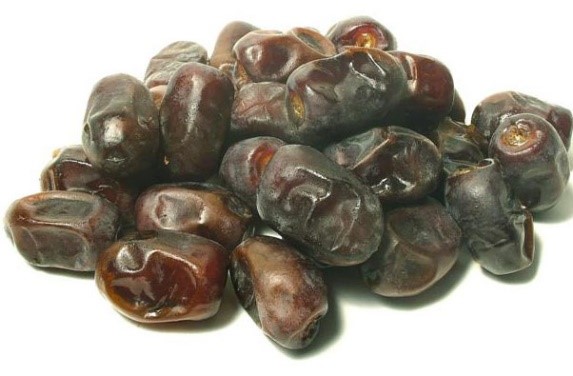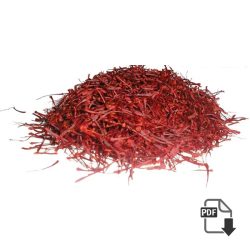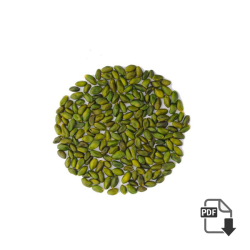Fig wasp
The family as presently defined is polyphyletic, including several unrelated lineages whose similarities are based upon their shared association with figs; efforts are underway to resolve the matter, and remove a number of constituent groups to other families, particularly the Pteromalidae and Torymidae. Thus, the number of genera in the family is in flux. Probably only the Agaoninae should be regarded as belonging to the Agenda, whilst the Sycoecinae, Otitesellinae and Sycoryctinae should be included in the Pteromalidae. Placement of the Sycophaginae and Epichrysomallinae remains uncertain.
Please for more information or any inquiry click here ……
fig was Among the Agaonidae, the female is a normal insect, while the males are mostly wingless. The males’ only tasks are to mate with the females while still within the fig syconium and to chew a hole for the females to escape from the fig interior. This is the reverse of Strepsiptera and the bag worm, where the male is a normal insect and the female never leaves the host.
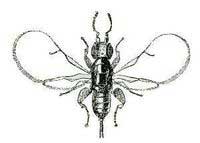
Most figs have three kinds of flowers: male, short female, and long female. Female fig wasp can reach the ovaries of short female flowers with their ovipositors, but not long female flowers.
Thus the short flowers grow wasps, whereas the long flowers become seeds. In figs of this sort, the crunchy bits in the fruit contain both seeds and wasps. However, there are several commercial and ornamental varieties of fig that are self-fertile and do not require pollination; these varieties are not visited by fig wasps.
Pollinating fig wasp (Agaoninae) are specific to specific figs. The common fig Ficus carioca is pollinated by Blastophaga psenes.
Figs are thought to be originally from small Asia and are one of the first fruits cultivated ever.
It is said that humans could live on Figs alone as a source of food — such is the goodness and nutrition in the fruit!
Please for more information or any inquiry click here ……
All Type Of figs
-
Dried Fig Open Mouth Special wholesale price + analysis + sale offer
We mostly export Dried fig open mouth to East Asia countries such as China, Hong Kong, and Korea. The demand is high for this type of figs due to its reasonable quotation. Figs are mostly used in snacks, confectionery and…
-
Dried Fig Close Mouth Special wholesale price + analysis + sale offer
We mostly export Dried fig close mouth to East Asia countries such as China, Hong Kong, and Korea. The demand is high for this type of figs due to its reasonable quotation. Figs are mostly used in snacks, confectionery and…
-
Pressed Fig Special wholesale price + analysis + sale offer
We mostly export Pressed Fig to East Asia countries such as China, Hong Kong, and Korea and India. The demand is high for this type of figs due to its economical prices and high moisture. This kind of Figs is…

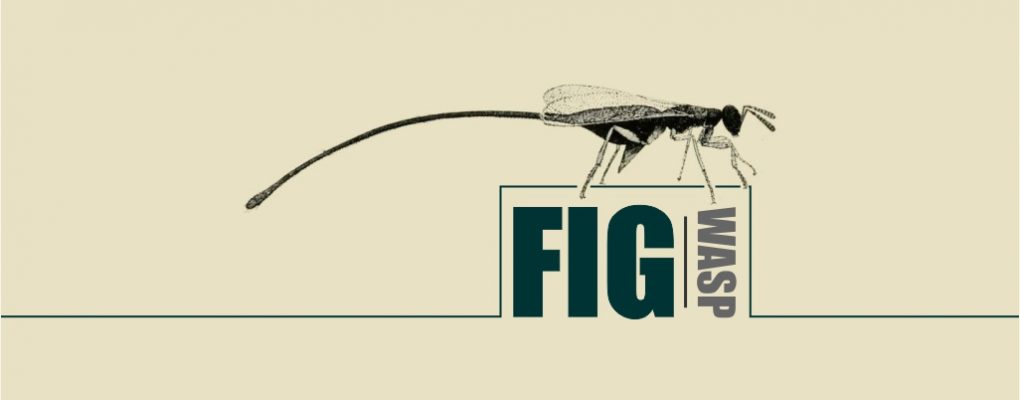
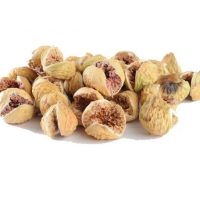
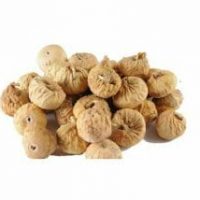

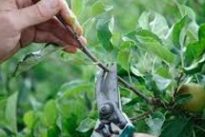

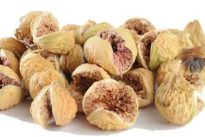

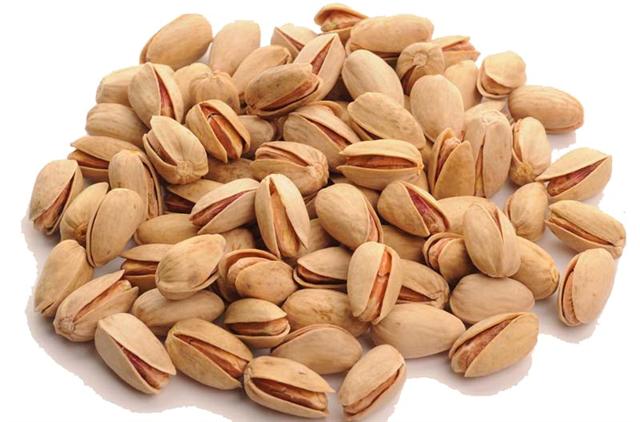
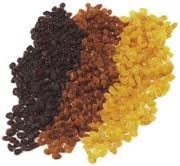 3 kind raisin
3 kind raisin 